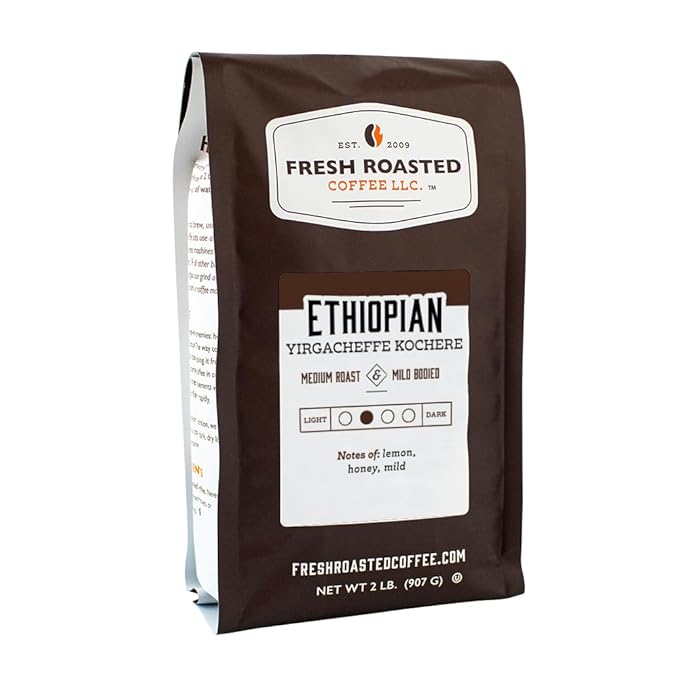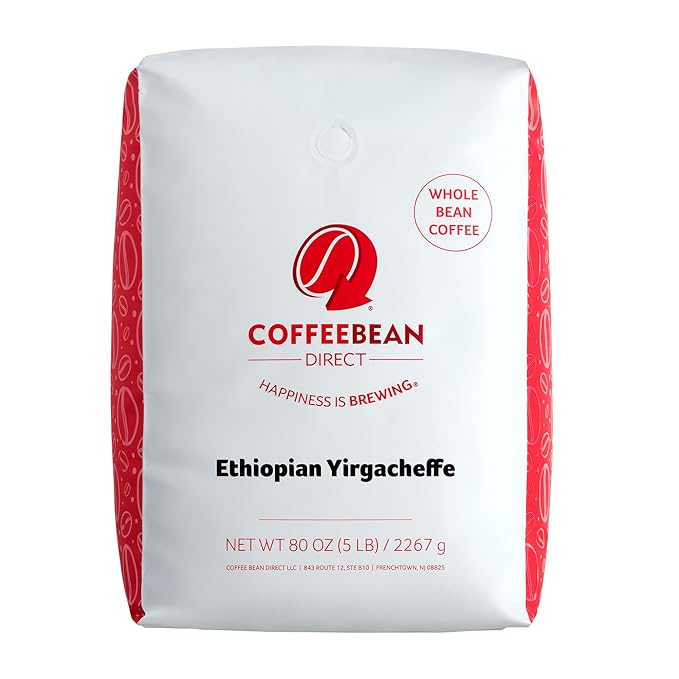
An In-depth Guide to 4 Types of Coffee Beans
If you’re an ardent coffee lover, you’ve probably found yourself lost in a sea of coffee beans at your local cafe, or when shopping for your morning brew. Moreover, the variety of choices can be quite overwhelming. Furthermore, the choices can be overwhelming, and different coffee beans can have a significant impact on the flavor and aroma of your coffee. In this In-depth Guide to 4 Types of Coffee Beans, we’ll delve into and explore the unique profiles, pictures, and more of four types of coffee beans that every coffee connoisseur should know about. Additionally, this guide will help you navigate the world of coffee with confidence.
4 Types of Coffee Beans
1. Arabica Coffee Beans
Coffee enthusiasts often consider Arabica coffee beans as the gold standard in the world of coffee. These beans have a reputation for their smooth, mild flavor, and delightful aroma. Arabica coffee plants thrive at higher altitudes, typically between 2,000 and 6,000 feet above sea level, which gives them a unique environment to develop their flavors. The taste profile of Arabica coffee beans can vary widely, from fruity and floral to nutty and chocolaty, making them incredibly versatile.
Characteristics of Arabica Coffee Beans:
- Origin: Arabica coffee beans are native to Ethiopia and are now grown in various regions worldwide.
- Flavor Profile: Arabica beans offer a wide range of flavors, including citrus, floral, and caramel notes.
- Caffeine Content: Lower caffeine content compared to Robusta beans.
- Acidity: Higher acidity, which adds to their bright and lively taste.
2. Robusta Coffee Beans
Robusta coffee beans, as the name suggests, are known for their robust and strong flavor. Furthermore, these beans are hardier and more disease-resistant than Arabica beans, and this makes them a popular choice for mass coffee production. Additionally, their resilience to disease and adverse conditions contributes to their widespread use in the coffee industry. Moreover, people often describe Robusta coffee as having a bitter, earthy taste with a nutty aftertaste. Additionally, coffee enthusiasts frequently use these beans in espresso blends for their ability to produce a rich crema. In summary, Robusta beans are valued for their distinctive characteristics and versatility in the world of coffee.
Characteristics of Robusta Coffee Beans:
- Origin: Robusta beans are primarily grown in Africa, Southeast Asia, and South America.
- Flavor Profile: Robusta coffee offers a strong, full-bodied flavor with a slightly astringent taste.
- Caffeine Content: Higher caffeine content, providing a caffeinated kick.
- Crema: Excellent for espresso due to its ability to produce a thick crema.
3. Ethiopian Yirgacheffe Coffee Beans
Ethiopian Yirgacheffe coffee beans have earned renown for their unique and exquisite flavor profile. Coffee growers cultivate these beans in the highlands of Ethiopia and often consider them the best among Arabica coffee varietals. Ethiopian Yirgacheffe coffee offers a distinct floral and fruity taste with bright acidity, making it a favorite among specialty coffee enthusiasts.
Characteristics of Ethiopian Yirgacheffe Coffee Beans:
- Origin: Grown in the Yirgacheffe region of Ethiopia.
- Flavor Profile: Floral and fruity with notes of jasmine, lemon, and tea-like qualities.
- Processing: Typically washed and sun-dried for optimal flavor development.
- Acidity: High acidity, contributing to its unique taste.



4. Colombian Coffee Beans
Colombian coffee beans have a reputation for consistently high quality and a well-balanced flavor. Coffee growers cultivate these beans in the ideal coffee-growing climate of Colombia, characterized by high altitudes, volcanic soil, and a mild climate. Many coffee lovers worldwide describe Colombian coffee as having a medium body with a bright acidity, which makes it a popular choice.
- Originating from: Grown in the coffee regions of Colombia, particularly in the Andes.
- Flavor Profile: Well-balanced with mild acidity, caramel sweetness, and nutty undertones.
- Processing: Wet-processed to maintain its bright and clean taste.
- Versatility: Suitable for a wide range of brewing methods, including drip, French press, and espresso.
Conclusion
In the world of coffee, the choice of beans plays a pivotal role in determining the flavor and aroma of your daily brew. Whether you prefer the mild elegance of Arabica, the boldness of Robusta, the exotic flavors of Ethiopian Yirgacheffe, or the well-balanced taste of Colombian coffee beans, each type has its unique charm. Additionally, by understanding the characteristics of these coffee beans, you can embark on a flavorful journey through the diverse world of coffee. Moreover, exploring the differences among these beans can enhance your appreciation for the art of coffee brewing.
